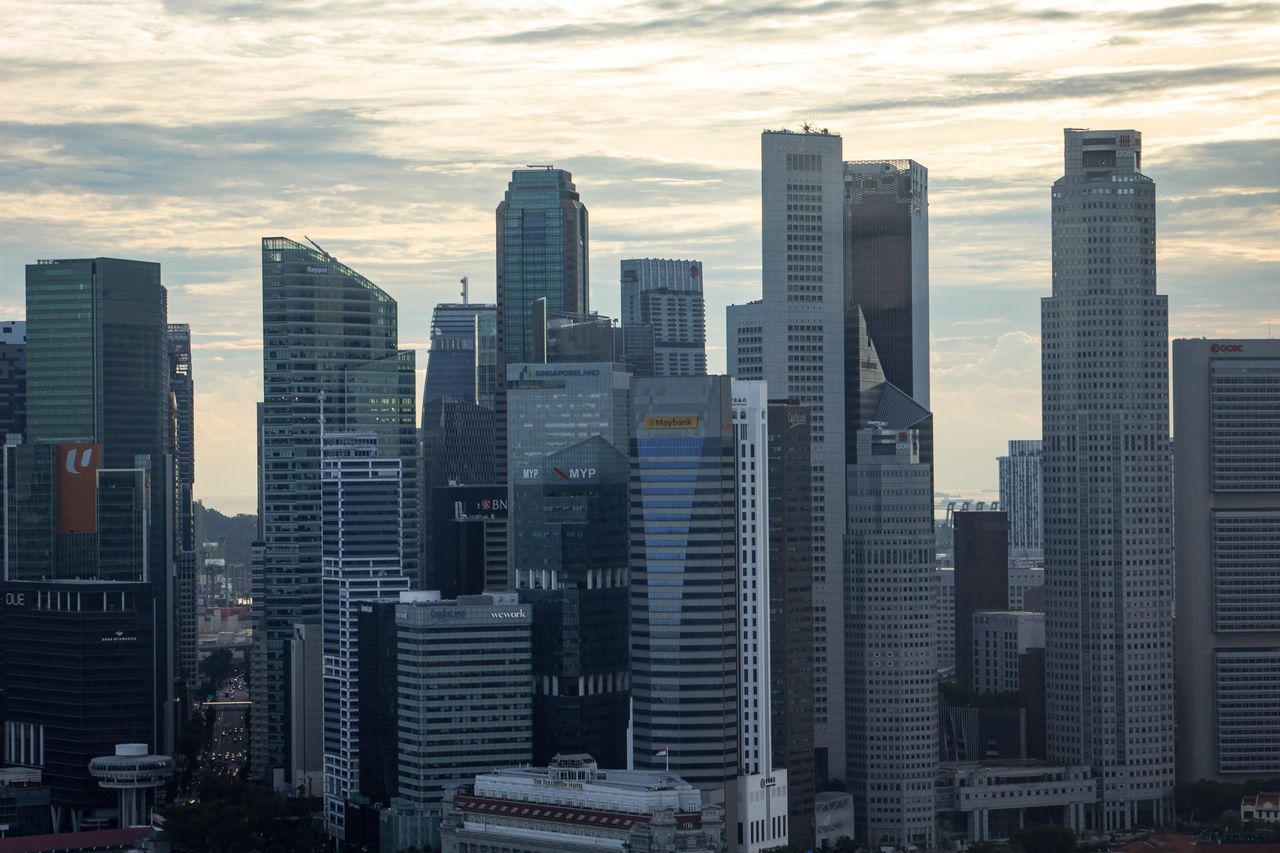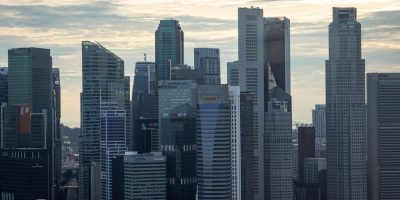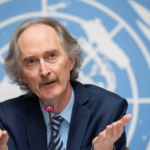SINGAPORE’S economy is poised to remain dynamic in 2025, navigating through challenges such as geopolitical tensions and economic uncertainties while capitalising on favourable global trends.
These are five key themes shaping Singapore’s economic outlook for this year:
1. Favourable growth prospects
Singapore is set to achieve a projected economic growth rate of 2.8 per cent in 2025, in line with our estimated medium-term growth potential of 2 to 3 per cent. Our forecast is underpinned by resilient external demand, at least in early 2025, driven by sectors like electronics, trade-related services, finance and information and communications technology (ICT).
The manufacturing sector, particularly electronics, continues to be key for growth. Singapore’s strategic role in the global semiconductor supply chain positions it to benefit from rising demand for artificial intelligence (AI) technologies and consumer electronics.
Global semiconductor sales are expected to grow by 11.2 per cent in 2025, which support Singapore’s electronics output and exports.
Modern services such as ICT and finance will also be important growth engines.
Demand for tech services is likely to be supported by ongoing digitalisation spending by firms as they increasingly adopt emerging solutions, such as generative AI. The financial services sector is poised to benefit from expected cuts in global interest rates that fuel investment activity.
However, this outlook faces significant downside risks, particularly the potential escalation of geopolitical and trade tensions. Such developments could disrupt global supply chains, increase costs, and pose challenges for Singapore’s highly interconnected and trade-dependent economy.
2. Johor-Singapore Special Economic Zone: A new frontier
The Johor-Singapore Special Economic Zone (JS-SEZ) represents a significant opportunity to deepen regional collaboration and economic integration. Covering 3,571 sq km in southern Johor, the zone promises to combine Singapore’s strengths as a business and financial hub with Johor’s abundant land, labour and energy resources.
Industries such as data centres, electronics, renewable energy and tourism stand to benefit from this collaboration. Improved connectivity, particularly through the Johor Bahru-Singapore Rapid Transit System Link, which is expected to be ready by end-2026, will facilitate smoother movement of goods and people, further bolstering trade and investment.
However, successful implementation will depend on resolving various challenges, including manpower, cross-border movement and ease of doing business. Both governments are committed to tackling these issues.
3. Inflation to ease to pre-pandemic rates
Singapore’s inflation is likely to moderate further, with our forecasts for headline and core inflation averaging at 1.7 per cent and 1.5 per cent in 2025, respectively, from 2.4 per cent and 2.7 per cent last year.
These align with the medium-term price stability objective of the Monetary Authority of Singapore (MAS).
The easing inflationary pressures stem from several factors, including contained imported inflation, reduced domestic business cost pass-through to consumer prices, and the fading impact of previous goods and services tax hikes. Rental accommodation cost increases, which have been a key driver of inflation, are expected to normalise as supply constraints ease.
Global commodity prices, particularly for energy and food, are expected to remain contained, providing continued relief. As such, Singapore’s imported costs are expected to remain manageable in the coming months amid contained global prices, which are also likely to be tempered by the gradual appreciation of the Singapore dollar.
4. Fiscal policy balancing long-term goals and immediate needs
The Singapore government’s fiscal strategy will aim to balance long-term initiatives under the Forward Singapore agenda, with immediate concerns such as the high cost of living.
Forward Singapore, launched to refresh the country’s social compact, will see continued investments in housing, healthcare and workforce transformation.
Despite global uncertainties, Singapore’s better-than-expected fiscal position – bolstered by an estimated cumulative overall surplus of S$1.8 billion from FY2021 to FY2024 – provides room for additional support in 2025. This includes targeted support for households and businesses to address near-term economic pressures, with the country gearing up for a next general election that is due by November 2025.
5. S$NEER policy easing
The MAS is expected to maintain a vigilant approach to its exchange rate policy, and the next easing might be in the second half of 2025, after having loosened it in its January 2025 review.
The central bank slightly reduced the appreciation pace of the Singapore Dollar Nominal Effective Exchange Rate (S$NEER) policy band during its January 2025 review. The MAS forecasts core inflation to decline to 1 to 2 per cent in 2025, from 2.7 per cent in 2024, providing room for policy adjustment. Concurrently, growth uncertainties have risen due to possible shifts in global trade policies.
The Singdollar’s modest and gradual appreciation policy stance, coupled with Singapore’s robust economic fundamentals, ensures it remains a resilient currency amid global volatility. The central bank will monitor external factors, including US policies and global economic developments, which could influence its policy decisions.
Challenges and risks
Singapore’s economic outlook remains positive, but potential risks loom. Geopolitical tensions, particularly escalating global trade conflicts, could disrupt global supply chains and dampen demand.
Furthermore, any unexpected significant weakness in major economies like China could spill over negatively on Singapore’s trade-dependent economy. Nonetheless, Singapore’s strong fundamentals and proactive policy responses provide cushion to navigate these challenges this year and beyond.
The writer is an economist at DBS Bank.
















